This presentation on the Historical Development of Clinical Pastoral Education is in three segments. The first is from the global point of view, and it will focus on how CPE started and what it has passed through along the line of the elemental process. The second will be on the advent of CPE in Nigeria, and the last segment will be on our Association- Association of Clinical Pastoral Education Institutes, Nigeria.
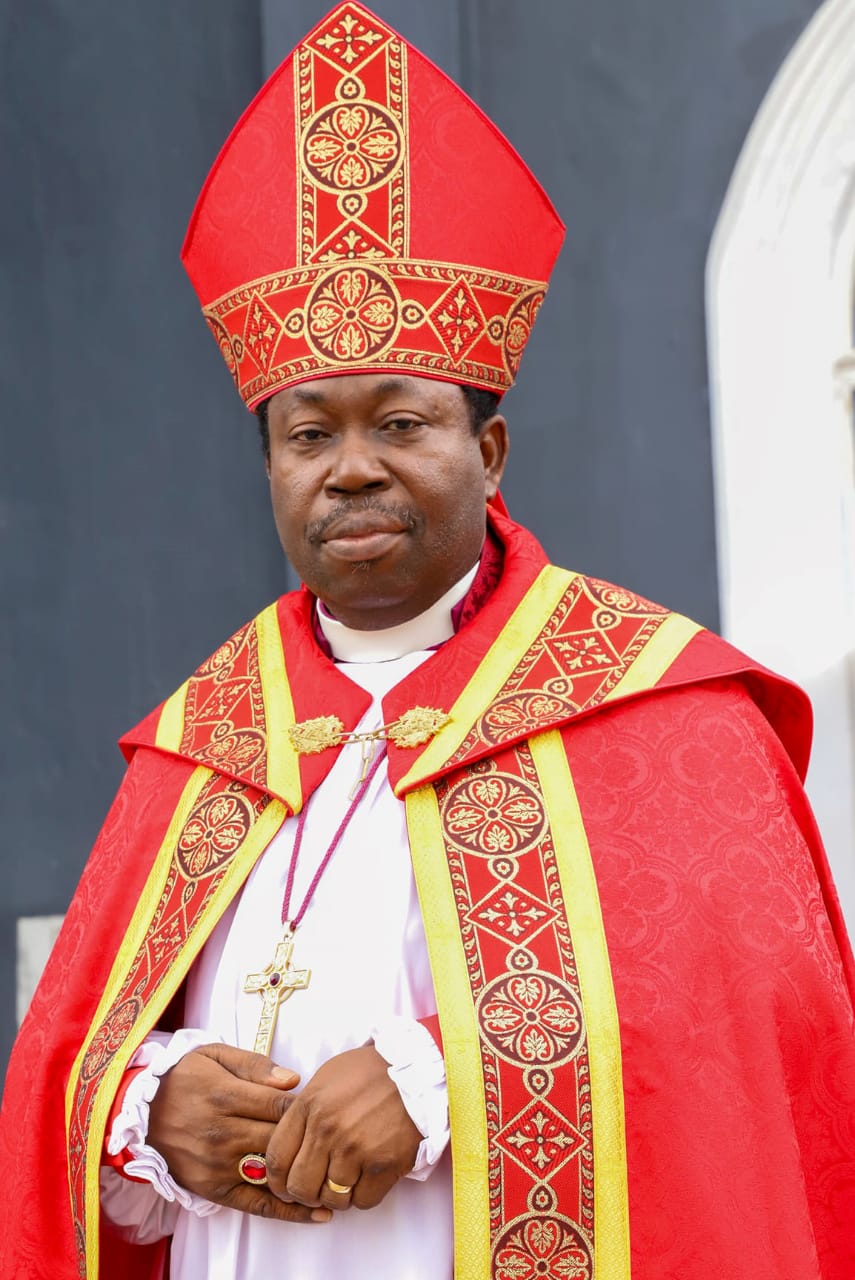
The Proprietor of Anglican Center in Ijebu Ode. Rt. Rev. Dr Peter Rotimi Oludipe Ph.D.
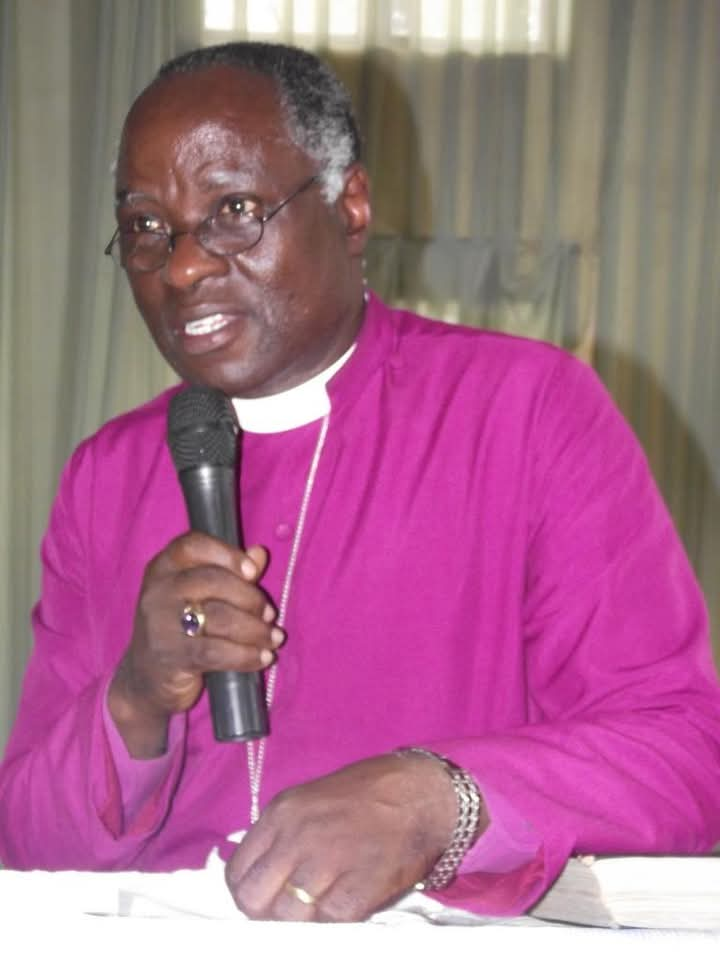
Founder of CPE in Nigeria, Ijebu Anglican Diocese
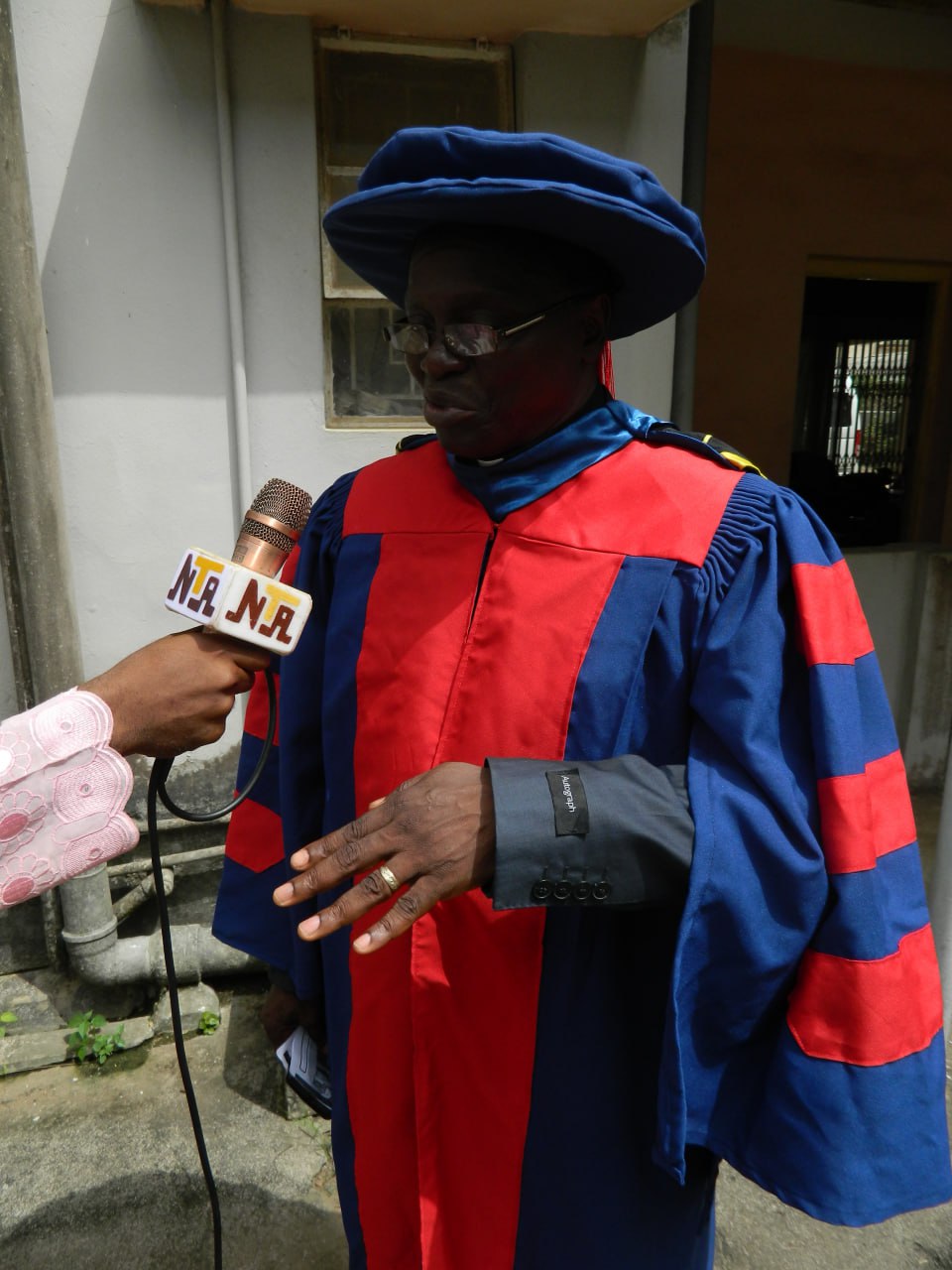
The Chancellor of ICPEN.
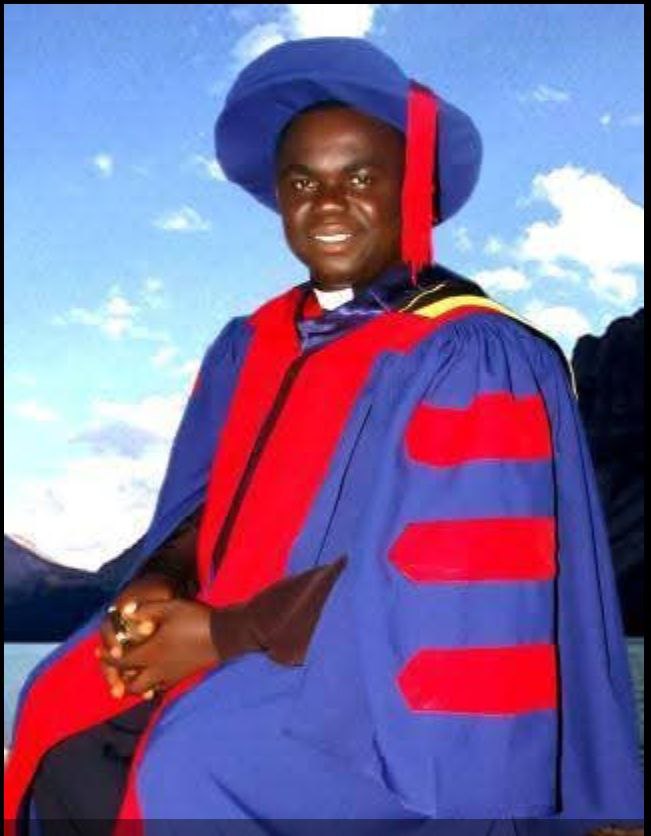
Provost
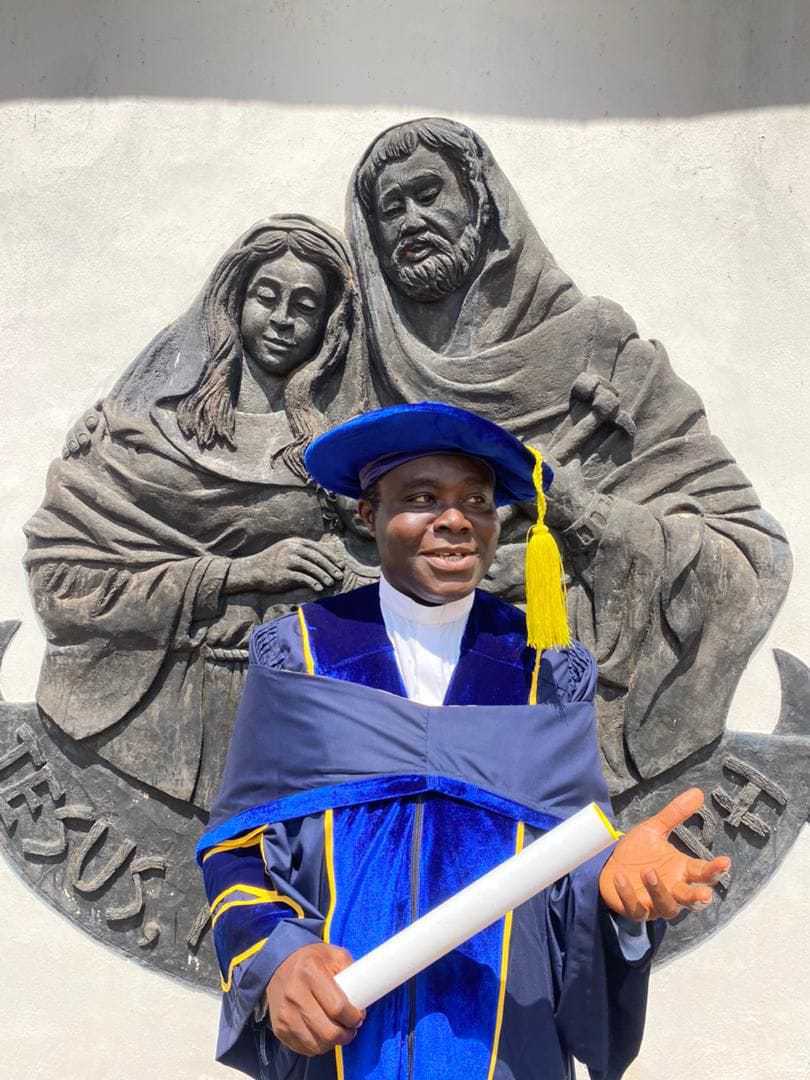
Deputy Provost
This presentation on the global point of view is from one of the presentations of Rev. Robert Leas (Past History Manager, ACPE, Inc) published on https://acpe.edu/docs/default-source/acpe-history/acpe-brief-history.pdf retrieved on March 28, 2025 and used with some adaptation.
In the mid-1920s, the new form of theological education known as Clinical Pastoral Education (CPE) developed out of the risk-taking of Dr. William A. Bryan, Superintendent of the Worcester State Hospital, Worcester, MA, when he employed Rev. Anton T. Boisen, a former mental patient, to become the hospital chaplain. Thus, the research interests of this Congregational/Presbyterian (he called himself Presbygational) minister became the motivation that initiated clinical pastoral education. Anton Boisen had been hospitalised for psychotic breaks from 1920 to 1922, and during the hospitalisation, he felt a calling to “break down the dividing wall between religion and medicine”. He believed that certain types of schizophrenia could be understood as attempts to solve problems of the soul. He invited four students to spend the summer of 1925 with him at the hospital. One of the four, Helen Flanders Dunbar, a subsequent pioneer in the field of psychosomatic medicine, came as a research assistant. Dr. Flanders Dunbar later became the Medical Director of the organisation of clinical programs called the Council for Clinical Pastoral Training of Theological Students in New York City.
For Boisen, crisis periods in life have creative possibilities. He associated crisis with religious “quickening”. He writes, “In times of crisis, when the person’s fate is hanging in the balance, we are likely to think and feel intensely regarding the things that matter most”. Amidst such circumstances, new ideas flash into the mind so vividly that they seem to come from an outside source. For Anton, crisis periods had creative possibilities. Moments are bringing forth change, either for better or for worse.
During that first summer program at Worcester State Hospital in 1925, the students served as ward attendants during the day, attended staff meetings, and in the evening participated in seminars with Chaplain Boisen and various members of the professional staff. Each year, an increasing number of theological students enrol in this new method of theological learning. The Superintendent at Worcester State, Dr. William A. Bryan, staunchly supported Chaplain Boisen in his initial efforts.
In 1925, Dr. Richard C. Cabot, father of medical social work, had written a plea for “A Clinical Year for Theological Students” at Harvard. This called for an internship theologically similar to those in medical school. Later, Anton Boisen gave credit to those on whom the success of this movement depended. He named, in addition to Dr. Cabot and Dr. Bryan, Dr. Charles F. Reed of Elgin State Hospital, Professor Fred Eastman, later of Chicago Theological Seminary, who had supported him in his acute disturbances beginning in 1920, and Professor Arthur Holt, at Chicago in 1924. Boisen singled out the first supervisors, Alek Dodd, Donald Beatty, Frank McPeek, Wayne Hunter, Fred Kuether, Carroll A. Wise, Seward Hiltner, Russell Dicks, Philip Guiles and Rollin Fairbanks as those who enabled this form of ministry education to rapidly expand.
On January 21, 1930, Dr. Richard Cabot, Henry Wise Hobson, Episcopal Bishop, Samuel Eliot of the Arlington Street Unitarian Church of Boston, William A. Healy of the Judge Baker Foundation, and Ashely Day Leavitt of the Harvard Congregational Church, met in the study of Dr. Eliot, adopted a constitution and bylaws, and signed the incorporation papers for the Council for Clinical Training of Theological Students. Rev. Philip Guiles was made the Executive Secretary, and Helen Flanders Dunbar the Medical Director. Later in 1930, Helen Flanders Dunbar was made Executive Director. “After the adoption of the ‘Constitution and Bylaws, ‘ the following officers were chosen: Dr. Richard Cabot, President; Henry Hobson, Vice President; and Rev. Anton Boisen, Secretary; Rev. Philip Guiles was then appointed field secretary.
In 1932, Dr. Helen Flanders Dunbar moved the Council for Clinical Training to New York, and a split developed involving Cabot and Guiles in New England on one hand, and Boisen and Dunbar in New York on the other. The division grew larger, and by 1935, a major break occurred. Cabot and Guiles from Boston separated from the New York group and, later in 1944, formed the Institute for Pastoral Care. These two associations for clinical pastoral education existed until 1967, and the formation of the Association for Clinical Pastoral Education, Inc. The ACPE formation also included the Lutheran Advisory Council and the Southern Baptist Association of Clinical Pastoral Education, consisting of a group of supervisors trained by Wayne Oates in Louisville.
In 1931, Boisen was succeeded by Rev. Carroll Wise at Worcester State Hospital. Wise had a different view of what clinical training was all about. Boisen was primarily a researcher of religious experience connected to mental illness, and Carroll was interested in a pastoral emphasis. Carroll commented, “He (Boisen) finally forgave me for changing the Worcester program from research to a pastoral emphasis”.
Where is Boisen in the midst of these various rivalries, factions, fights, and formations? In 1930, Anton had another mental breakdown at the death of his mother. (He had five episodes during his life). Dr. Richard Cabot felt that his ability to function as a supervisor was put at risk, and he withdrew his support for Anton. His influence in the day-to-day activity of CPE faded in the eyes of the Council for Clinical Training for Theological Students after this serious episode of mental illness. So, in 1932, Anton Boisen packed up and went to Elgin State Hospital near Chicago. This brought him close to Chicago Theological Seminary, where he was teaching one semester a year, and to Alice Batchelder, the unrequited love of his life, who worked in Chicago. He was a chaplain and supervisor at Elgin until 1954.
He continued to make an impact on the pastoral care and education movement through his lecturing and his writings. He contributed 164 articles, letters, and reviews, along with 4 books, and one hymnal used in mental hospital settings. His 1936 book, “The Exploration of the Inner World”, which he dedicated to Alice, who had recently died, was highly praised by the New York Times Review of Books as being a “significant contribution to the religious literature field”.
Council for Clinical Training of Theological Students
The pastoral care and education movement became an organisation on January 21, 1930, in the home of Samuel Eliot, pastor of the Unitarian Church of Boston. The Council was originally formed in Massachusetts, but later the headquarters moved to New York City.
In the 1930s and 40s, with the influence of strong personalities who were Directors of the Council, there emerged a divide between the leadership within the Council. The two leaders were Seward Hiltner and Robert Brinkman. The “Hiltner tradition” (Director – 1935 to 1938) stressed theological reflection about human experience. To think theologically included theological content as well as the terms of the “theological” setting in seminaries as the locus of teaching. He enlisted many seminaries in the work of the Council. The “Brinkman school” (Director, -1938 to 46) emphasised science and psychology and subsumed the importance of pastoral theology. The desire of Brinkman was “to enable students to gain a profound understanding of people, their deeper motivation, their problems, their emotional and spiritual conflicts, their infirmities and their strengths”. It is conceded that in the long run, Hiltner’s position gained dominance, although an element of Brinkman’s stance remains to this day.
Dr. Helen Flanders Dunbar, MD, PhD, operated as director with absolute authority until the mid-thirties. In 1935, Seward Hiltner came on board as Executive Secretary. She and Hiltner did not see eye-to-eye, so she replaced Hiltner with David Brinkman as Administrative Assistant. Hiltner stayed on as Executive Secretary until 1938, when he went to the Federal Council of Churches. In these dawning years, there was much jockeying for position and strong differences of opinion regarding how CPE was to be administered. Brinkman was given more authority by Dunbar, and by 1941, he and the supervisors emerged in control tenure that lasted until 1967.
The Council grew from three centres in 1930 to 20 in 1940 and from three supervisors to 19 during the same period. Students consisted of from 16 initially in 1930 to 78 students in 1940.
Institute for Pastoral Care
In the early years, 1925 through 1944, the New England group of supervisors and supporters included the Rev. Austin Philip Guiles, Dr. Richard Cabot, MD, the Rev. Russell Dicks, Rev. Rollin Fairbanks, and Dr. Paul Johnson, PhD. The New England group quickly expanded into general hospitals as centres for leaning.
In 1944, a group of theological educators and chaplains in the Boston area incorporated as the Institute of Pastoral Care.
The Institute had close ties with the seminaries in the environs of Boston and the nearby areas of New England. However, Chicago Theological Seminary on the campus of the University of Chicago was he first to officially have a supervisor and a training program. In Massachusetts, the beginning of the Institute was in the halls of Newton Theological School (now called Andover-Newton) in Newton, Massachusetts. The Institute has remained in close affiliation with seminaries and graduate programs in theology. Beginning in 1932, Austin Philip Guiles found an opportunity to develop clinical pastoral education as a part of a theological curriculum at Andover-Newton Theological School. Financial assistance was provided by the Erhart Foundation, the family of Guiles’s wife.
The Andover-Newton Project was developed with the aid of the President of Andover-Newton Theological School, Dr. Everett Herrick, and Dr. Richard Cabot, MD, who came to Newton in 1934 from a renowned position at Harvard Medical School. Massachusetts General Hospital in Boston was the major training centre for students in the Boston area. Rev. Russell Dicks was the training supervisor at Massachusetts General. He was the first to use verbatim records of students’ visits. President Herrick declared in support of the Andover-Newton Project that “A curriculum must have a clinical character, related to experience and practice”. He continues later in the article, “It is time to stand up to our task and consider the place of theology in a clinical curriculum”.
In 1934, Philip Guiles identified the reasons for setting up a clinical project separate from the Council. The nature, purpose, and location of clinical pastoral education (in seminaries) differed markedly from the Council for Clinical Training. The Institute of Pastoral Care grew out of the Andover-Newton Project in 1944.
Lutheran Advisory Council
A third group that emerged in the 1940s was the Lutherans. In 1945, a Council for Clinical Training-certified supervisor was installed at City Hospital in St. Louis, Missouri. Before that date, the Lutheran Church/Missouri Synod had supplied chaplaincy for City Hospital. This supervisor replaced an LCMS chaplain, where Lutherans had held that position since 1915. The Lutherans were awakened to the fact that their hospital chaplaincy was in jeopardy. In response, Dr. Louis Sick, the President of Concordia Seminary, hired Rev. Ed Mahnke to the faculty of the seminary, and he was sent off to get clinical training under Ernie Bruder and Henry Cassler of the Council. Ed Mahnke returned and, in 1947, supervised his first unit of training. Then, in semi-official meetings throughout the 1940s, Lutherans from the various church bodies began to think together about clinical pastoral education.
Simultaneously, in the Minneapolis-St. Paul, Minnesota, Rev. Frederic Norstad, was a supervisor. His training had been at City Hospital in Boston with Rev. John Billinsky, and at Massachusetts Memorial Hospital with Rev. Leicester Potter, both Institute supervisors. He began to give training to students in 1949 as Director of Chaplaincy Services of the Lutheran Welfare Society of Minnesota. He had earned an S.T.M. at Andover-Newton Theological School, so he was also named Professor of Practical Theology at Luther Seminary in St. Paul. In the 1950s, Lutheran supervisors, including Henry Cassler, J. Obert Kempson, Clarence Bruninga, and Granger Westburg, were concerned about the scarcity of pastoral theological education in CPE. Then, the Board of Social Welfare of the LC/MS began a plan for the creation of a clinical pastoral program under Lutheran auspices for Lutheran seminarians.
In 1949, out of meetings of the several major Lutheran bodies, the Lutheran Advisory Council on Pastoral Care emerged.
Its purpose was to promote clinical training as part of theological education, help seminaries to develop training centres, and establish standards for clinical training programs. The Lutheran Advisory Council established standards in 1949 that were later adopted by the National Conference of Certifying Associations and formed a large part of the standards for ACPE when formed in 1967. At a Boston conference, representatives of the Lutheran Advisory Council, the Institute for Pastoral Care, the Council for Clinical Training, and the Association of Seminary Professors in the Practical Field sowed the first seeds for the formation of the Committee of Twelve, which developed a process that eventually emerged into the Association for Clinical Pastoral Education in 1967. The first year of operation for ACPE, Inc. was 1968.
Southern Baptist Association of Clinical Pastoral Education
In 1957, the Southern Baptist Association of Clinical Pastoral Education was formed to provide certification for primarily Southern Baptist chaplains. The Southern Baptist Association was developed by Dr. Wayne Oates, who provided a climate for CPE at the Southern Baptist Seminary in Louisville. Oates’ careful scholarship and unswerving enthusiasm for the pastoral care cause earned wide respect in the pastoral care field. Baptist leaders, as Wayne Oates, Richard Young, Edward Thornton, and others, have insisted that pastoral care functions emerge from a theological foundation and serve to strengthen and correct theological knowledge. For Oates, learning focused on “training workers for a ministry that affirms the Christian Gospel and builds pastoral skills to relate to people suffering from problems with which the pastor will have to deal throughout her/his ministry.
Association for Clinical Pastoral Education
In October of 1967, after several years of joint discussions and planning, the four groups merged into the Association for Clinical Pastoral Education, Inc. at a meeting in Kansas City, MO. The organisation has three commissions: Standards, Accreditation of Centres, and Certification of Supervisors of clinical pastoral education. Since 1969, it has been on the Federal Government’s Department of Education’s Commissioner’s list of nationally recognised accrediting agencies/associations in the field of clinical pastoral education.
This merger brought together the four existing ruling bodies for clinical pastoral education. The disparate views of all four groups continued to exist, yet as a second and third generation of supervisors appeared, along with the development of Standards certifying supervisors and the accreditation of centres developed, the differences narrowed. Still today, Dr. Homer Jernigan at Boston School of Religion asks, “Should there be an effort to recover and redefine the relations of CPE to theological education? “The point-counter point of ‘head and heart” remains a vital aspect of the clinical pastoral education model invested in the theological discipline of Pastoral Theology. The quest goes on.
The Association for Clinical Pastoral Education, Inc. is divided into nine regions and is managed by a Board of Representatives representing each of the regions. Also, one representative each from its Council for Seminaries and its Council for Denominations and Faith Groups is represented on the Board of Representatives. The President of the Board is elected biannually. The Board employs an executive director. The national office is in Decatur, Georgia. Regional and national conferences are held annually. Its national archives are located at the Pitts Theology Library, Emory University in Decatur, GA. Regions also have archival collections at theological seminaries to preserve the heritage of the Association.
In the beginning, and for at least 50 years, the Certified Supervisors were all male, mostly Protestant Christian, and almost all white. When I (Robert Leas) was certified in 1974, there were two female certified supervisors. Today, there are approximately 140 active women out of 670 active supervisors. Most of the major faith groups in the USA are counted among the supervisors – Protestant, Roman Catholic, Jewish, and Islamic. In 1981, the Racial Ethnic Minority (REM) group was formed to provide leadership in recruiting African American and Hispanic students and supervisors. Today, REM is one of the most active and vital networks in ACPE.
CPE is international today, with clergy and graduate students in theology coming from a number of countries throughout the world, along with the certification of international clergy. CPE has grown in 80 years to include over 3,300 members that make up the Association for Clinical Pastoral Education, with some 350 ACPE Accredited CPE Centres, and about 600 ACPE certified faculty members (called CPE Supervisors). There are about 118 theological schools as members, and 21 faith groups/agencies that are partners with ACPE. The model of education that CPE represents is a vital part of theological education today.
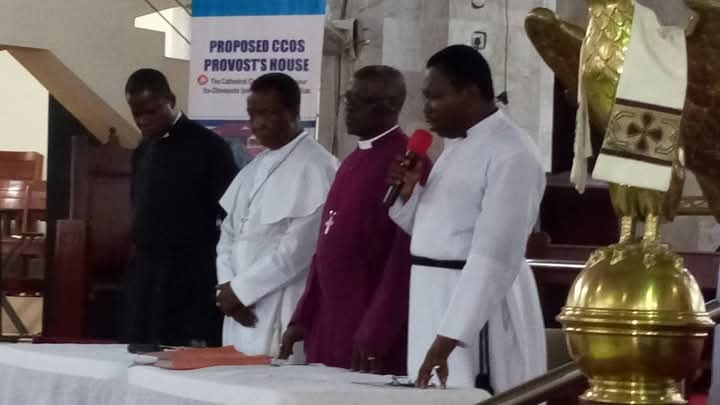
Institute for Clinical Pastoral Education of Nigeria (ICPEN) was founded in 2010 by Rt. Rev. Ezekiel Ayodele Awosoga, Bishop of Ijebu Anglican Diocese, following a proposal written by Rev. Canon Samson Friday Michael (now Venerable) after his return from his Clinical Pastoral and Social Education Training in Bamenda in the summer of 2010. It was named the Anglican Centre for Clinical Pastoral and Social Education (ACCPSE). It is a multicultural training Centre that is devoted to providing practical theological education and improving the quality of lives and ministries. The Institute teaches pastoral care through the clinical educational methods of Clinical Pastoral Education. And is in partnership with Centre for Clinical Pastoral Education and Social Services (CECPES) of Cameroon Baptist Convention Health Board, Bamenda North/West Cameroon and Episcopal Health Services in New York, USA.
At the Fourth graduation of the Centre in 2014, Professor Ayo Banjo, former Vice Chancellor of the University of Ibadan, an indigene of Ijebu, during his speech, proposed the upgrading of the Centre to an award-winning institute. He promised to help with working on the curriculum and other requirements to meet NUC prerequisites. On September 27, 2017, the Board approved and adopted the new name for the School as INSTITUTE FOR CLINICAL PASTORAL EDUCATION OF NIGERIA (ICPEN). A proposal to affiliate with Ajayi Crowther University, Oyo, Nigeria, was also supported. Hence, the a change in the nomenclature of the school.
“The heart of CPE is ministry with people and learning from that ministry through reflection, discussion, and evaluation with peers and supervisor”. The CPE course can be designed to bring together theological students, ministers, hospital visitors and pastoral care givers/workers of all faiths into supervised encounters with persons in crisis in hospitals and community settings. Students develop new awareness of themselves and of the needs of people to whom they are called to minister through intense involvement with persons in need and responses from peers, supervisor and lecturers.
AIMS
The Mission of the ICPEN is to provide the highest quality of Clinical Pastoral and Social Education Programs that are Biblical, theologically relevant, contextualised and consistent with our lives, relationships and needs. Taking Christ to the needy, the helpless and the sick on their beds, but not giving a false hope. To make life worth living for the living and to assist the dying to rest happily. To be the Change and transformation we yearn for in our Society.
The above phrase, “Coming together is a beginning”, is a well-known quote attributed to Henry Ford, emphasising the importance of collaboration and teamwork for achieving success. The full expression goes thus: “Coming together is the beginning. Keeping together is progress. Working together is success”.
This very quote suggests that uniting individuals or groups towards a common goal is the first crucial step, but it is not the end in itself. Further action and sustained effort are required to progress and ultimately achieve success. This quote is a guiding Principle for many individuals and groups. A breakdown of this quote will give us more insight into why it is a guiding principle.
Here is a breakdown of the quote’s meaning:
Coming Together:
This refers to the initial act of uniting people or groups, whether for a project, a cause, or any shared endeavour.
Beginning:
This signifies that forming a group is just the starting point. It’s the foundation upon which further action and progress can be built.
Keeping together:
This highlights the need for ongoing collaboration, communication, and commitment to maintain momentum and avoid fragmentation.
Working together:
This emphasises the active and sustained effort required to achieve the desired outcome. It is not enough to be in the same space; individuals must actively contribute and cooperate.
Success:
This is the ultimate goal, which is achievable through the combined efforts of a cohesive and collaborative group.
We have come together from different Religious backgrounds, but all of us are Christians, to form this body, the Association of Clinical Pastoral Education Institutes, Nigeria. Those who have come together and reasoned it proper to have this Association have been, at one point in time or another, students of Venerable Michael Samson Friday. Having been taught by him at different stages of CPE at different times, we are like one family. Succinctly put, we have stayed connected, collaborated with one another and having savoured these, we thought it proper to make this, which brought us together, available to others, hence we started working together for its realisation. And so, we have this goal collectively achieved.
Our Institute- Association of Clinical Pastoral Education Institutes, Nigeria, have set out to achieve the following:
AIMS AND OBJECTIVES
1. To establish and maintain ecumenical Institutes cum associations in Africa.
2. To provide spiritual/clinical and pastoral guidance and support to individuals, communities, educational Institutions, hospitals, prisons and the Church/Society at large through various media platforms.
3. To provide psycho-spiritual formation and education for the Priests/pastors, Nuns, as well as for laypeople and other religious bodies and members, through various programs and resources.
4. Accreditation of Training Centres, Certifying and Licensing Professional Chaplains and Supervisors.
Association of Clinical Pastoral Education Institute Nigeria
Nurturing Compassion. Developing Competence. Transforming Lives.
© [2025] Association of Clinical Pastoral Education Institute Nigeria. All Rights Reserved.